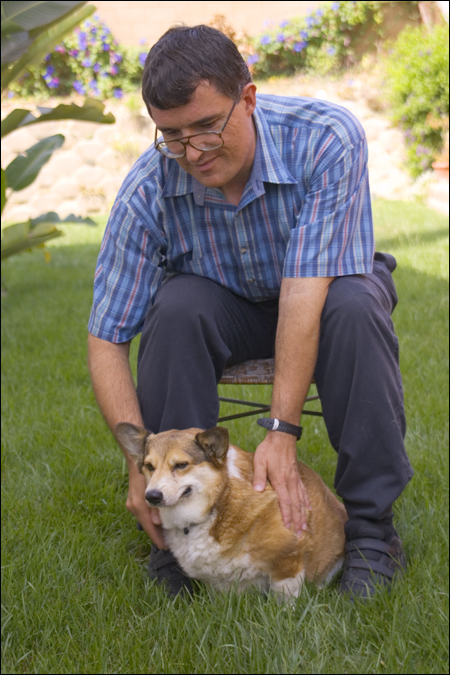An Associated Press story (see http://seattletimes.nwsource.com/html/nationworld/2002032765_nopenny11.html) today reports that retailers in many European countries are moving toward discarding the Euro one and two cent pieces. The practice of rounding to the nearest five cent piece is becoming increasingly common--except in Germany. Apparently, although some regions of Germany tend to be quite affluent, the desire for precision outweights the hassle of dealing with these small coints. This is despite the reality that the cost of manufacturing the one and two cent coins is higher than their value.
The story cites a poll from across the EU that 61% of respondents want to eliminate the one cent piece. Enthusiasm for rounding does, however, have its limits--only 55% favor doing away with the two cent piece.
A Gallup poll from the U.S. is cited, finding that "more than half" of respondents here favor doing away with the penny through rounding to the nearest nickel. Yet, it appears that "only about a quarter" of Americans actually spend their pennies, with most accumulating.
Saturday, September 11, 2004
Subscribe to:
Post Comments (Atom)





2 comments:
Here's some semi-interesting trivia. Sorry that there's a long-winded lecture before I get to the point:
"National" Euro coins were produced for each EU country: one side is identical across the EU, while the flipside has a national design. Obviously all coins are valid currency in any EU country, but this provided some weak solace to all the people who were sad about losing their own currency. And one can try to collect the whole series for each country!
(Euro bills are all 'international', with the designs on them (bridges, arches, etc.) made up by artists so no nation can claim them as their own.)
Finland did not adopt the smaller cent coins when the Euro was introduced (there may have been other countries who opted out as well, I only know about Finland) and prices are rounded.
However, before(!) the Euro coins became official tender one could purchase a full series of a nation's future coins. This was mainly a marketing gimmick and a way for collectors to get the full set easily. In order to make these series identical, a limited run of the small cent coins were produced with the Finnish emblems. So, while these coins are not made anymore AND are not really used, they do exist. Many of them are, of course, in collectors' hands and don't circulate, but some do. They are, of course, quite difficult to come by if one wants to collect the whole series of Euro coinage and doesn't live in Finland or in a nearby nation!
Before they did away with the Guilder, Holland had done away with its 1¢ and 2¢ pieces. Many people still viewed the 5¢ piece as being an inconvenience, and shops tended to price things to the nearest 10¢—the 10¢ piece, the dubbeltje (pronounced ‘double-chuh’) was the smallest realistic unit of currency. That was for a currency which wasn't far off the value of the Euro (Hfl4.50 = €1, I think). Now consider the Spanish Peseta, the French Franc, the Italian Lira. All far below the value of the Euro. So it's simply carrying through something those nations were used to already. In the case of Germany, the Deutschmark was worth more, (2DM = 1€, roughly), which meant the pfennig was still a valid coin. England used to have a ½p piece, and did away with that. Maybe America could learn something from its elders and betters and do away with the practically worthless 1¢ piece? I know it's been considered.
But you're wrong about ‘rounding up’: €3.99 becomes €3.95, not €4.00. €5.49 becomes €5.45, not €5.50, and so on.
Post a Comment